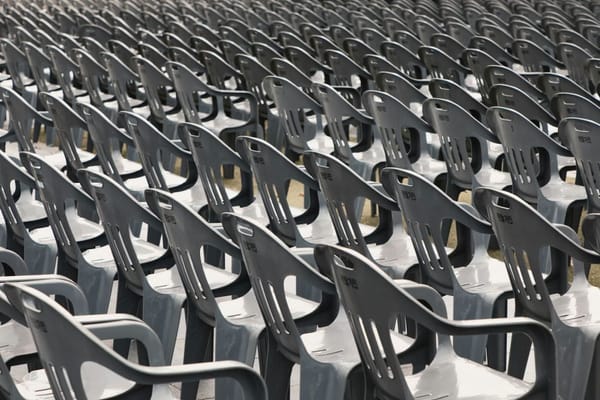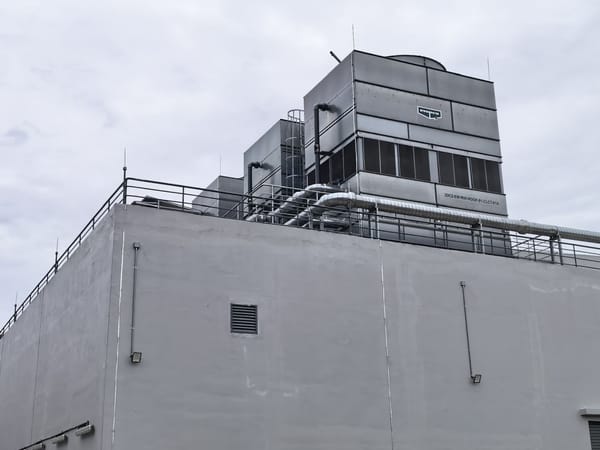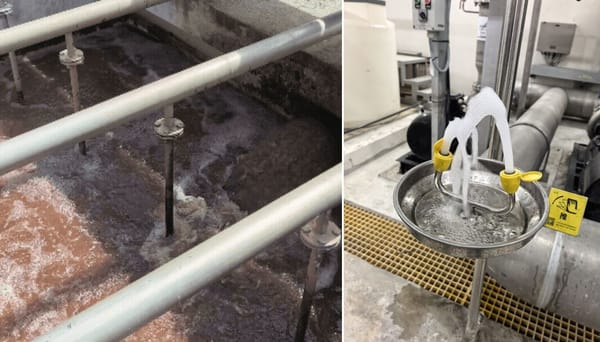The silent Southeast Asia data centre skills crisis
Construction boom outpaces workforce development, revealing uncomfortable truths about regional capacity.

F1 cars and data centres look the same outside, but inside? Everything has changed. And we're facing a drastic shortage of manpower to build data centres.
At the annual w.media F1 Big Catch-up overlooking the F1 circuit this evening, I had the chance to catch up with data centre leaders, experts, and insiders. Not the polished talking points you hear at conferences, but the candid observations shared over drinks when people feel comfortable saying what they actually think.
Growing skill gap
The incredible pace of data centre construction in Southeast Asia is stretching the regional ecosystem of skilled workers to the limit. We intuitively know this is true, but that doesn’t mean it’s discussed enough.
Some cultures are less driven. Generally lower educational levels across parts of the region. Some specialists only work part-time. These are uncomfortable observations that rarely make it into industry reports, but they're real constraints that affect project timelines and quality.
With time, anyone can be trained. The problem is that training takes slightly more data centre project cycles here than elsewhere due to the factors above. Which means an even bigger crunch as more projects come online simultaneously.
On the bright side, the many ongoing construction projects mean there are ample opportunities for workers to cut their teeth on data centre work. Experience is the best teacher, assuming the first few mistakes don't cause catastrophic failures.
Why did it rain?
Last week, I wrote about a data centre liquid cooling disaster in Southeast Asia. Another video has since surfaced, showing water gushing out the back of a cooling distribution unit.
What happened? An expert told me today that workers might have hand-tightened the liquid cooling piping fittings without using proper torque tools. It's doesn't take much to implement proper checks and balances here. But it wasn't done, and it perfectly illustrates the skills gap we're dealing with.
This wasn't a design flaw or a component failure. This was someone not following proper procedures. When working with systems that can destroy millions of dollars of equipment if they leak, hand-tightening connections isn't good enough.
Fire code in Singapore
There might be some resistance to having battery rooms only on the ground floor in Singapore, where they can be accessed by fire engines. This is especially crucial for lithium-ion battery fires, which burn differently from traditional fires.
An insider showed me the latest Singapore Civil Defence Force (SCDF) revision, which stipulated new exemptions for battery rooms on other levels. While these are non-trivial requirements, the clause highlights how policies are evolving.
Did you know there's no universal standard for external lithium-ion UPS communication? Coupled with their unique specifications, this makes third-party management tools difficult to design. It's another example of how fast the industry is moving - we're deploying technology faster than we can standardise it.
The next growth area
What are the next growth areas for data centres here? From the travelling schedules I might have overheard, I'd probably say Thailand and Japan.
But here's the question nobody's asking loudly enough: do these markets have the skilled workforce to support rapid data centre expansion? Or are we about to repeat the same mistakes we're seeing in Southeast Asia today, just in different locations?




